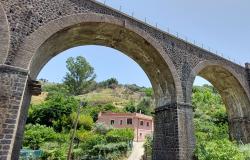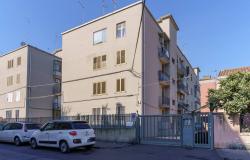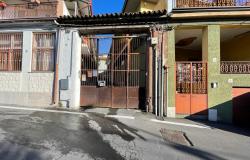 A fresh batch of digs has kicked off on the tiny island of Mozia, once an ancient Phoenician colony called Motya.
A fresh batch of digs has kicked off on the tiny island of Mozia, once an ancient Phoenician colony called Motya.
The excavations are focusing on three key areas, as part of an ongoing project to unearth the remains of the once-thriving city.
The areas under examination are the Choton temple complex, a patrician house on top of an acropolis and the western gate of a siege wall.
The new project is the latest in a series of excavations in the area, which have so far identified an ancient burial ground, the temple, sections of the city's fortifications and the remains of a house.
The burial ground, discovered by chance by a group of workmen excavating the foundations of a building, contained 40 sarcophagi made of simple stone slabs.
There were no objects inside the sarcophagi but archaeologists unearthed several vases of different sizes and shapes in the same field, probably used during propitiatory rites just before the burial took place.
Archaeologists also discovered rooms of a house at a previously unexamined part of one of the city's siege walls.
Finds at this site included cooking pans, Phoenician-style vases, small altars and pieces of looms, showing Motya had a thriving population long after it was commonly believed to have been destroyed by the Ancient Greeks.
The temple came to light earlier in the year, after a portion of a lagoon surrounding Mozia was drained.
The pool began to fill up again and a fresh-water spring was found - a fact archaeologists believe proves it was used as a holy place.
The Phoenicians are known to have placed their cities on the coast near water springs, which for them meant there was a divine presence there.
The temple ruins include columns of a type used by the Phoenicians on Cyprus, as well as fragments of an obelisk.
The temple is similar to the Temple of the Obelisks at Byblos, Lebanon - one of the Phoenicians' earliest cities.
Archaeologists believe the pool flanking the temple was used for water rituals and offerings to Baal, the Phoenician god of the sea and the underworld.
Motya - whose name means "wool-spinning centre" - was founded in the 8th century BC, about a century after the foundation of the most famous Phoenician colony in the ancient world, Carthage in Tunisia.
Greeks also began to colonise Sicily at the same time as Motya's foundation and conflicts broke out between Greek and Phoenician settlements.
The Greek tyrant ruler of Siracusa, Dionysius I, destroyed Motya in 397 BC.
Half a century later, Rome's intervention in the Greek Carthaginian conflicts led to the Roman conquest of Sicily, which became Rome's first province.
The Phoenicians were a maritime trading people of the first millennium BC, who formed a massive commercial empire across the Mediterranean from their bases along the coast of modern-day Lebanon, Syria and Israel.
Among the Italian cities they founded is today's capital of Sicily, Palermo and the Sardinian capital Cagliari.
Other colonies included Cadiz and Malaga in Spain and Tangiers in Morocco.











